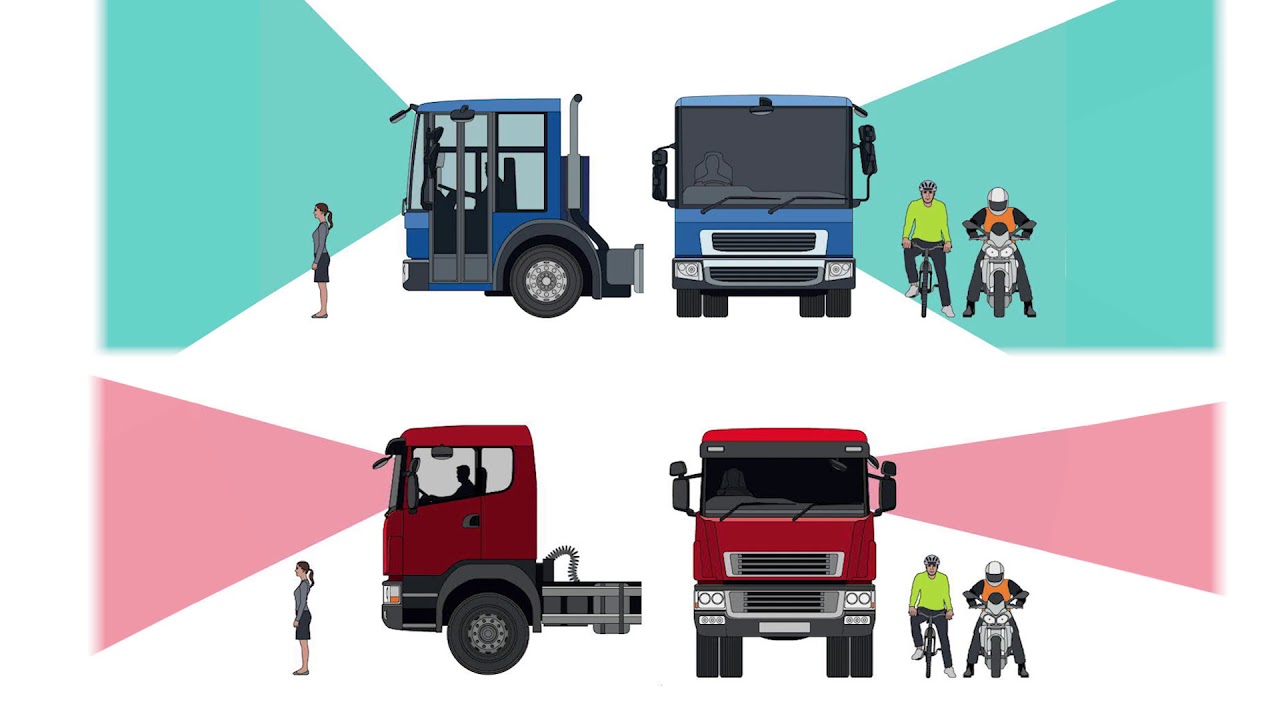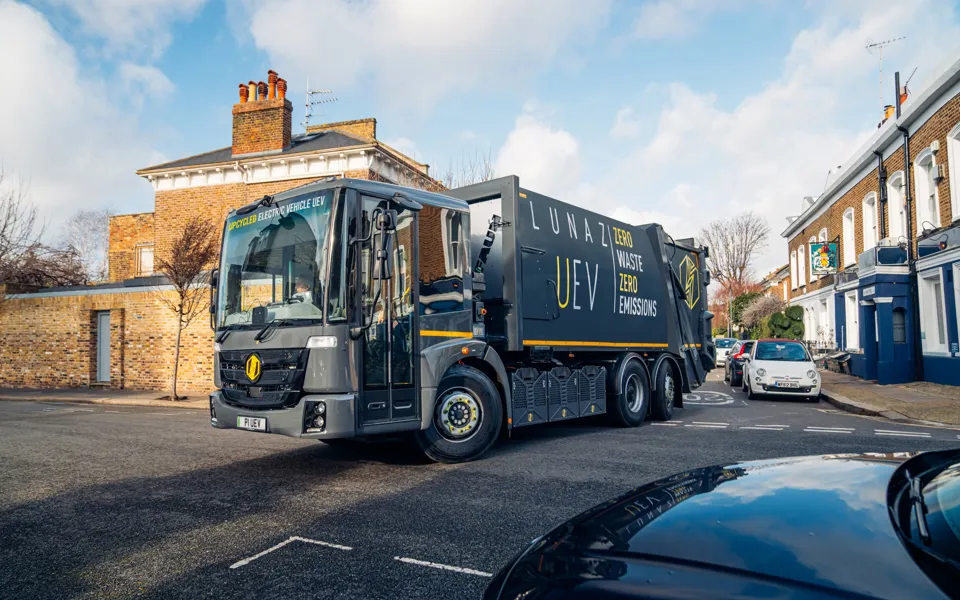Upcycled electric refuse trucks from Lunaz have achieved the highest Direct Vision Standard (DVS) for driver visibility.
DVS, introduced in 2019 with enforcement starting in March 2021, seeks to improve drivers’ vision through the cab windows of HGVs above 12 tonnes to prevent collisions caused by limited visibility.
All HGVs entering Greater London will be required to meet a three-star safety rating from October 28,2024.
Lorries that fall short of the new standard will need to install new advanced warning systems referred to as the Progressive Safe System (PSS) to obtain a permit from Transport for London (TfL).
The DVS five-star rating for Lunaz’s electric vehicles (EVs) means that, under TfL rules, fleets will be able to apply for a permit to operate in the capital without needing to provide any additional evidence.
Lunaz founder David Lorenz said: “From the outset, we’ve built our upcycled electric refuse trucks to meet the DVS five-star standard for driver visibility - the highest available.
“This accreditation enables operators to obtain an HGV permit from London boroughs without any further documentary evidence or vehicle modifications.
“It’s also in line with (London) Mayor Sadiq Khan’s pledge to eliminate road deaths in London by 2041.”
He added: “Having our UEVs fully prepared for operation in the capital is an import step towards widespread adoption.
“They’re cheaper and better-equipped than their all-new electric equivalents, representing greater value for money for local taxpayers, alongside the environmental benefits of our clean-air technology and upcycling process.
“It also means we’re heading into 2024 in a strong position to continue our journey towards a projected production capacity of 1,100 vehicles a year.”
Fleets need more time to meet DVS requirements

Many in the industry are calling for a rethink on deadlines for operators struggling to meet TfL's DVS standard – especially in light of the more sophisticated technology now required.
Emily Hardy, marketing manager in the UK for Brigade, said: “The PSS requires a significant shift in technology.
“Unlike the previous safe permit, which required obstacle detection systems on the nearside, PSS demands technology that can predict collisions based on the trajectories of the vehicle and the vulnerable road user (VRU). This prediction is crucial in determining if a collision is imminent.
“Furthermore, the system includes a specified alarm strategy designed to alert the driver to the severity of the situation.
“Moreover, some technologies fitted to meet the current DVS requirements will not be applicable from the October deadline.”
However, Hardy says that the “unprecedented demand” for safety systems in the past few months means many operators will struggle to meet TfL’s deadline.
“In addition, component shortages have hit hard – a problem that extends beyond the HGV sector – and all safety technology installations must be signed off by a competent installer,” she said.
TfL sent out a survey to assess the market readiness of DVS phase 2 and to decide whether an extension is required for the current three-month grace period. It is currently considering responses.
Hardy said: “It is our opinion that an extension is required because of the sheer volume of vehicles that will need to be fitted – currently estimated to be in the region of 210,000 vehicles, – as well as the late release of the final technical specification and the shortage of fitters in the industry.”
The Road Haulage Association (RHA) is also concerned about the October 24 deadline.
It said: “We are clear that safety on our roads is paramount but we are concerned about the timescales TfL has imposed to ensure businesses can realistically comply with the practical and operational challenges.
“They also need to consider the time it will take for operators to subsequently obtain and have the equipment fitted.”




















Login to comment
Comments
No comments have been made yet.